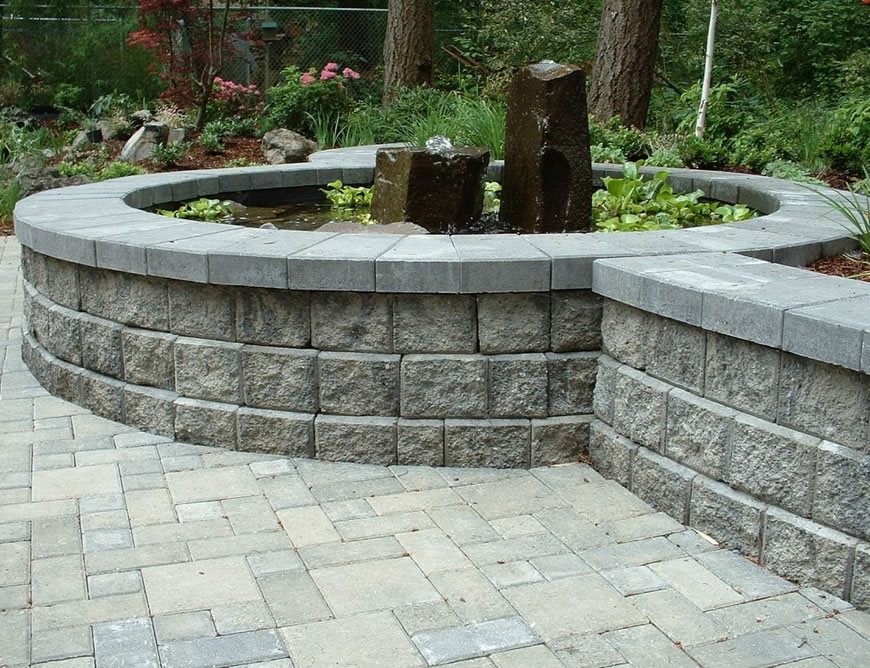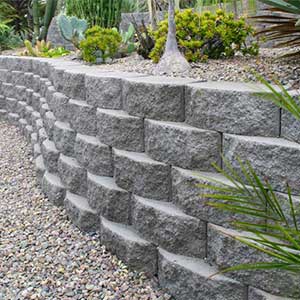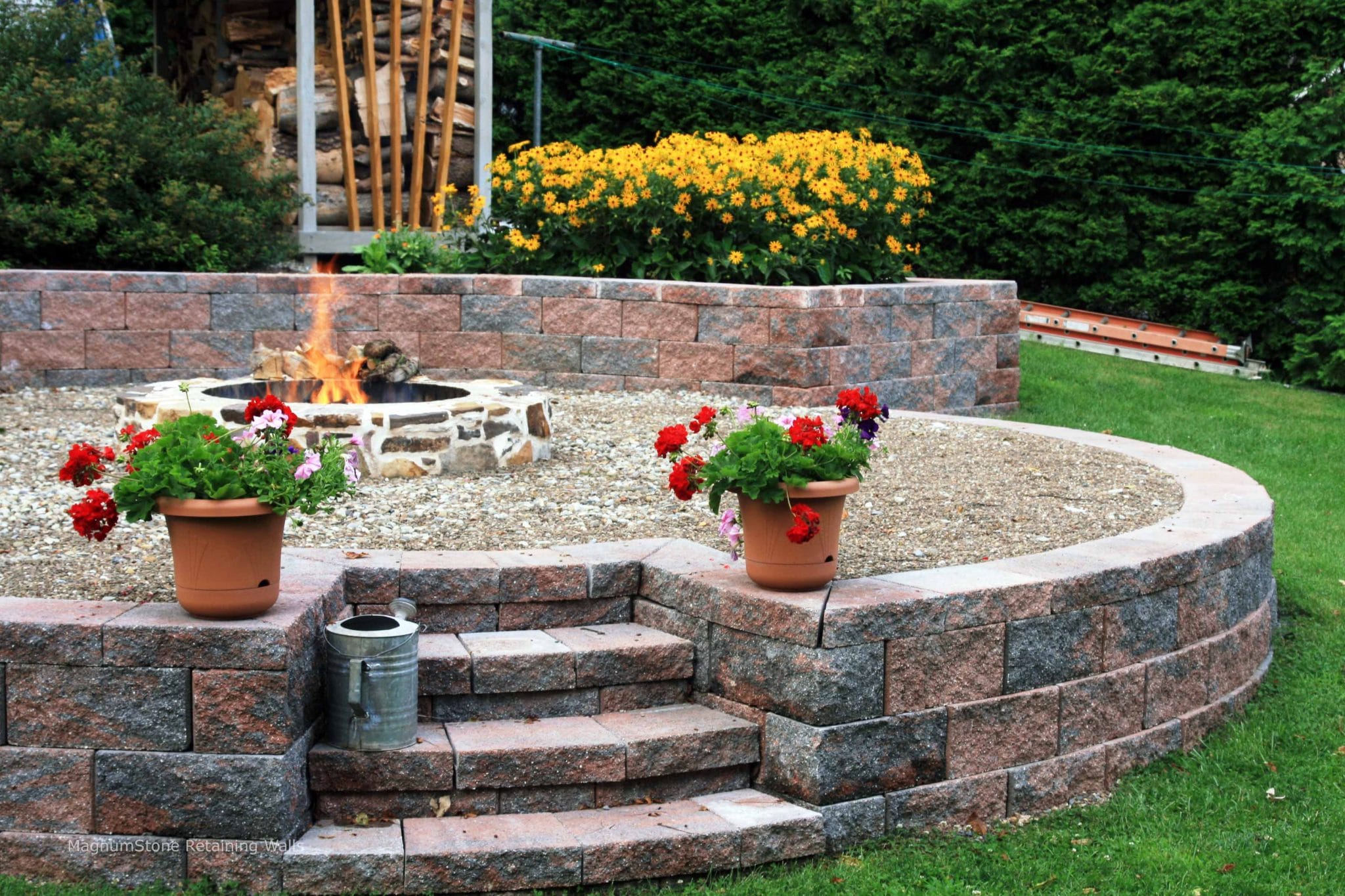What Are Decorative Retaining Wall Blocks?
For those of us who take pride in our gardens and landscapes, decorative retaining wall blocks can be a game-changer. These blocks serve a dual purpose: they are functional, helping to prevent soil erosion and manage water runoff, while also enhancing the aesthetic appeal of your outdoor space.
Benefits of Decorative Retaining Wall Blocks
Understanding the advantages of using decorative retaining wall blocks can help you make informed decisions for your landscaping projects. Here are some key benefits:
- Aesthetics: They come in various styles, colors, and textures, allowing for creative design.
- Durability: Made from high-quality materials, these blocks are built to last.
- Versatility: Suitable for various applications, from garden beds to outdoor seating areas.
- Soil Erosion Control: They effectively retain soil and prevent erosion.
Types of Decorative Retaining Wall Blocks
There are different types of decorative retaining wall blocks, each with its unique characteristics. Let’s explore some of the most popular types:
1. Concrete Blocks
These are the most common type used for retaining walls. They are versatile and can be molded into various shapes and sizes.
2. Natural Stone Blocks
For a more rustic look, natural stone blocks provide a timeless style. They are perfect for a natural landscape blend.
3. Brick Blocks
Bricks offer a classic aesthetic and can be laid in various patterns, adding character to your garden.
4. Timber Blocks
Timber is a natural choice for those who prefer softer materials. However, it may require more maintenance over time.
Comparison of Different Block Types
| Type | Durability | Aesthetic | Cost |
|---|---|---|---|
| Concrete | High | Varies | Low |
| Natural Stone | Very High | Classic | High |
| Brick | Medium | Traditional | Medium |
| Timber | Low | Natural | Medium |
How to Choose the Right Decorative Retaining Wall Blocks
Choosing the right block involves several considerations:
1. Purpose of the Wall
Do you want to create a decorative feature or need a functional wall for erosion control? Your purpose will guide your choice.
2. Climate Considerations
Your local climate can affect the longevity of materials. For instance, natural stone performs well in various climates, while timber may not.
3. Budget
Determine your budget early on. Concrete blocks are generally more affordable compared to natural stones.
Installation Tips for Decorative Retaining Walls
Installing decorative retaining wall blocks can seem daunting, but with the right approach, it can be a rewarding project. Here’s a friendly guide based on my own experience:
1. Planning and Design
Before breaking ground, sketch out your design. Consider the height, length, and location of your wall. Use online tools or consult with a landscape designer if necessary.
2. Gather Necessary Tools and Materials
You’ll need:
- Retaining wall blocks
- Crushed stone or gravel
- Level
- Shovel
- Tamping tool
- Safety gear
3. Prepare the Site
Clear the area of any debris and ensure it’s level. Mark where your wall will go using stakes and string.
4. Lay the Base
Excavate a trench about 6 inches deep and fill it with crushed stone for drainage. Compact the stone to create a solid base.
5. Start Building
Begin placing your blocks. Use a level to ensure they’re even. Make sure to stagger the joints for added strength.
6. Backfill the Wall
After laying a few courses, backfill with gravel to provide drainage and stability.
7. Finishing Touches
Consider adding plants or decorative elements around your wall to enhance its appearance.

Maintenance of Decorative Retaining Wall Blocks
Once your retaining wall is complete, it’s essential to maintain it to prolong its life:
- Inspect Regularly: Look for cracks or shifting blocks and address issues early.
- Weed Control: Keep the area around the wall free from weeds that could damage the structure.
- Power Wash: Clean the blocks to prevent moss and algae buildup.
Pros and Cons of Decorative Retaining Wall Blocks
Like any landscaping feature, decorative retaining wall blocks come with their advantages and disadvantages. Here’s a quick rundown:
Pros
- Enhances visual appeal
- Prevents soil erosion
- Variety of styles and materials
- Can increase property value
Cons
- Initial cost can be high
- Requires regular maintenance
- Some materials (like timber) may have a shorter lifespan

Cost Considerations
The cost of decorative retaining wall blocks varies based on the materials used, size, and design complexity. Here’s a basic breakdown:
| Material | Average Cost per Square Foot |
|---|---|
| Concrete | $15 – $30 |
| Natural Stone | $30 – $70 |
| Brick | $25 – $50 |
| Timber | $10 – $25 |
FAQs About Decorative Retaining Wall Blocks
What are the best materials for decorative retaining walls?
Concrete, natural stone, brick, and timber are the most widely used materials, each offering unique benefits.

How tall can a decorative retaining wall be?
Generally, retaining walls should not exceed four feet without additional engineering support. For taller walls, consult with a professional.
Do I need a permit for a decorative retaining wall?
It depends on your local regulations. Check with your local building department to ensure compliance.

How do I prevent my retaining wall from failing?
Proper drainage, a solid foundation, and regular maintenance are key factors in preventing failure.